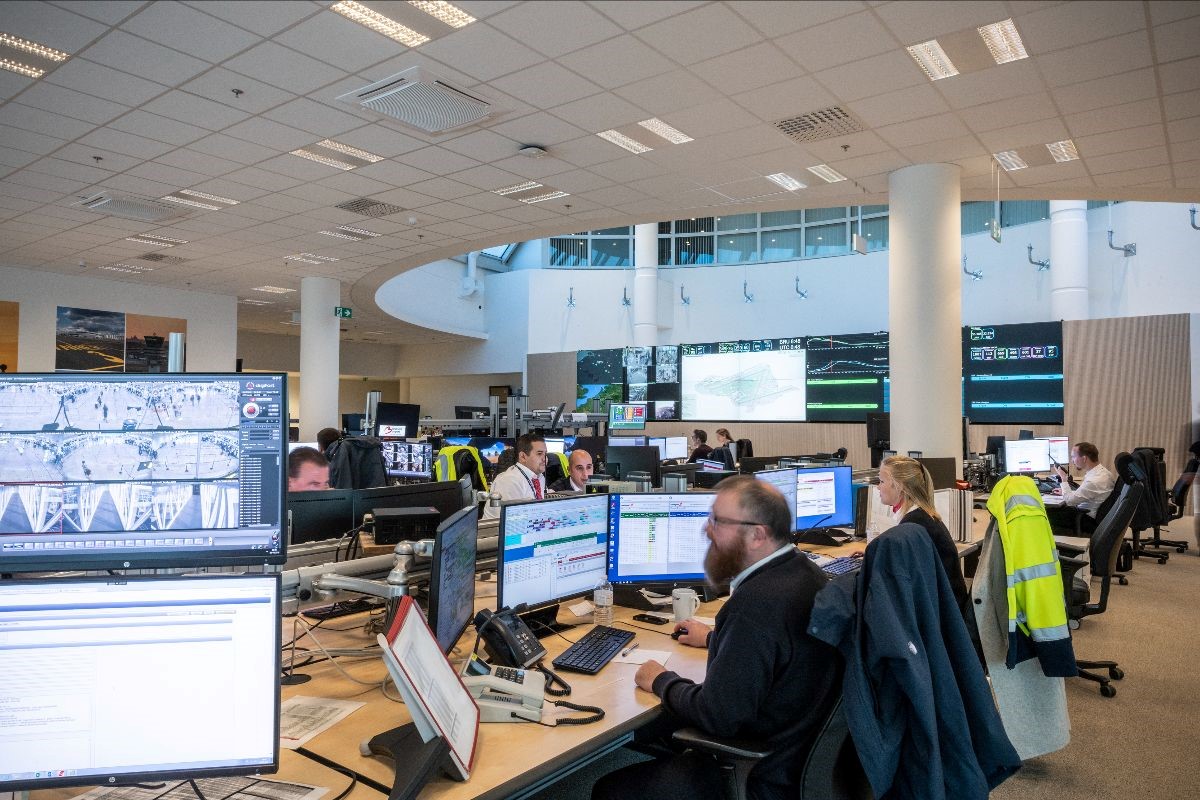For the past five years, Brussels Airport was project leader of a European project to develop and optimise an Airport Operations Plan (AOP).
The aim of an AOP is to use data to create predictability to improve processes and passenger experience at the airport.
Based on data, the AOP allows for better anticipation and response to problems, both in advance and in daily operations, ensuring a more efficient and comfortable experience for passengers.
After the successful roll-out and initial optimisations, Brussels Airport will continue to focus on innovation to make the AOP even more performant.
The basic concept of an “Airport Operations Plan” was defined by SESAR, a public-private partnership of the European Commission responsible for the optimisation of European airspace.
The AOP is a rolling plan, accessible to all operational partners, that provides insights in the operations and processes of a specific airport.
By bringing together data from different systems, using this data, prediction models and algorithms, this type of plan is an important tool for optimising processes.
It is up to the airports themselves to further shape the AOP, and for certain European airports, larger hubs, it is also a European requirement to have one.
In 2017, Brussels Airport joined forces with 11 other airport operators and two air traffic controllers, including skeyes, to jointly develop an AOP at each airport.
Since September 2018, this consortium has also received a European grant for this project, of which Brussels Airport is acting as project leader; and the project was successfully completed in late 2023.
Arnaud Feist, CEO of Brussels Airport: “With the Airport Operations Plan, the passenger’s entire journey, from transport to the airport to boarding the plane, is now even smoother thanks to the use of big data and artificial intelligence.
“The AOP allows us to better anticipate unusual operations, ranging from peak periods to periods of winter weather, and to resolve them more quickly to minimise the impact on our passengers and staff.
“Brussels Airport has a leading role in this European project and has become an international leader in this field, something we are very proud of!”
Optimising planning and resources, shorter waiting times and smoother operations
A great deal of data was collected at Brussels Airport in recent years. This includes data on peak and off-peak times at the airport, how long it takes per passenger to go through security screening, etc.
Data is also collected on specific situations, such as weather conditions. The AOP brings all that information together in a computer model. Through algorithms and artificial intelligence predictions for the future are made.
The APOC, the Airport Operations Centre that brings together the operational partners, can then use this information to take the necessary measures to optimise the passenger experience and to better respond to unforeseen situations during daily operations.
There is a focus on four different processes: the passenger’s journey through the airport: from security control, past passport control to the gate; the baggage process from check-in to loading onto the plane; the aircraft ground handling process until the aircraft is ready for departure; and also airport accessibility, taking into account traffic, public transport and parking capacity.
The AOP provides forecasts from 6 months to 2 days before actual operations, but also real-time information on processes such as security screening and border control, so that immediate adjustments can also be made to reduce waiting times.
Post-operations the information and reporting can be used to evaluate and improve processes.
Software and expertise also available for other airports
An AOP has tremendous added value not only for passengers, but also for airports in terms of efficiency and service.
How many passengers per hour does the airport expect at security screening during the morning peak in a month’s time?
How long does luggage from a particular flight take from check-in to loading?
Do transfer passengers with luggage that will be landing shortly with a delay have sufficient time to catch a particular connection?
The information and forecasts provided by the AOP make it possible to address such questions efficiently and allow the necessary planning to be done.
That makes it a hugely valuable tool not only for airports that are required to implement it, but for all airports.
Brussels Airport therefore also offers its expertise to other airports through its subsidiary Airport Intelligence.




